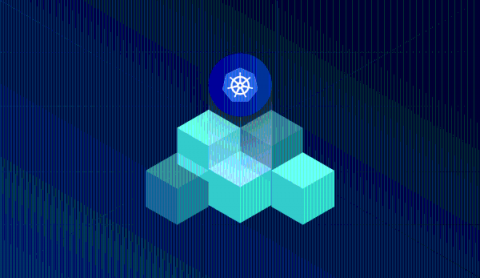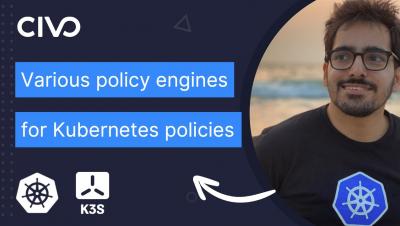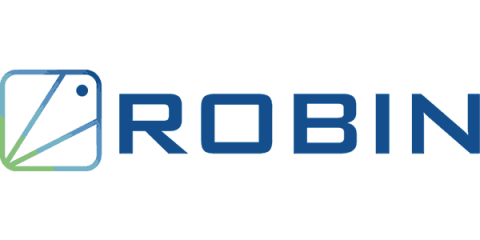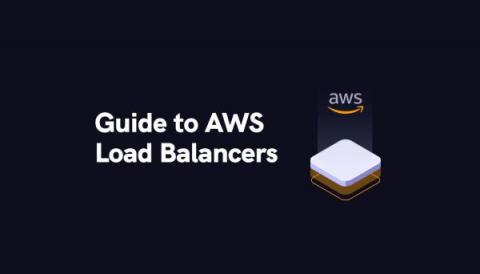Operations | Monitoring | ITSM | DevOps | Cloud
Containers
The latest News and Information on Containers, Kubernetes, Docker and related technologies.
Clone your production environment instantly
I am super excited to announce that we have released our "clone environment" feature. It is a massive update!! With one click, you can duplicate an existing environment. The cloning environment has been a significant feature expected by our customers and users for a long time. Thanks to our beta testers and our team for making it live for everyone. Here is a short video showing the clone environment in action
Tanzu Talk: Securing Apps in Kubernetes with the Tanzu Build Service
Various policy engines for Kubernetes policies - Saiyam Pathak
Understanding the 2021 State of Open Source Report
How are organizations managing security and compliance for open source packages nowadays? As you may recall from our annual State of Kubernetes surveys, security and compliance are always a top concern. Our recent survey, The State of the Software Supply Chain: Open Source Edition 2021, gives some great insight into how people are addressing those concerns. It also gives some guidance on how to build your own policies.
Robin.io and StorCentric Announce Hyperconverged Cloud-Native Solutions for VM-as-a-Service and Virtual Desktops with Lower Cost, Faster Provisioning Than Public Cloud
Forecasting Kubernetes Costs
The benefits of containerizing workloads are numerous and proven. But, during infrastructure transformations, organizations are experiencing common, consistent challenges that interfere with accurately forecasting the costs for hosting workloads in Kubernetes. Planning the proper reservations for CPU and memory before migrating to containers is a persistent issue Densify observes across our customers.
Zero to hero: Enterprise multi-cloud application management from Day 0 to Day 2, on any substrate
Guide To AWS Load Balancers
The AWS Elastic Load Balancing (ELB) automatically distributes your incoming application traffic across multiple targets, such as EC2 instances, containers, and IP addresses, in one or more Availability Zones, ultimately increasing the availability and fault tolerance of your applications. In other words, ELB, as its name implies, is responsible for distributing frontend traffic to backend servers in a balanced manner.
Is Kubernetes the answer to the challenges in Multi-access Edge Computing - or is there more to this equation?
The market for Multi-access Edge Computing (MEC) is pegged at $4.25 billion in 2025. The reasons are many – from the recent surge in AR/VR gaming, to a growing preference for video calling and Ultra-High-Definition, and of course, the Internet of Things (IoT) that spawn SmartX applications, including cities, manufacturing, agriculture, and logistics. The majority of MEC opportunity is both driving and driven by 5G, and the two will grow hand-in-hand in the days to come.










